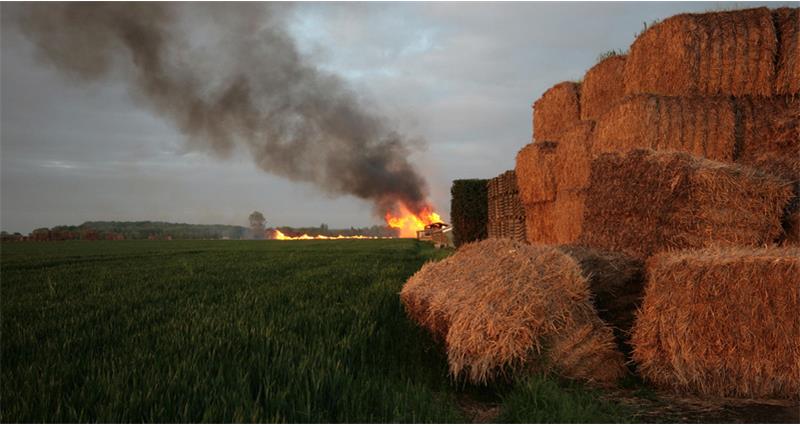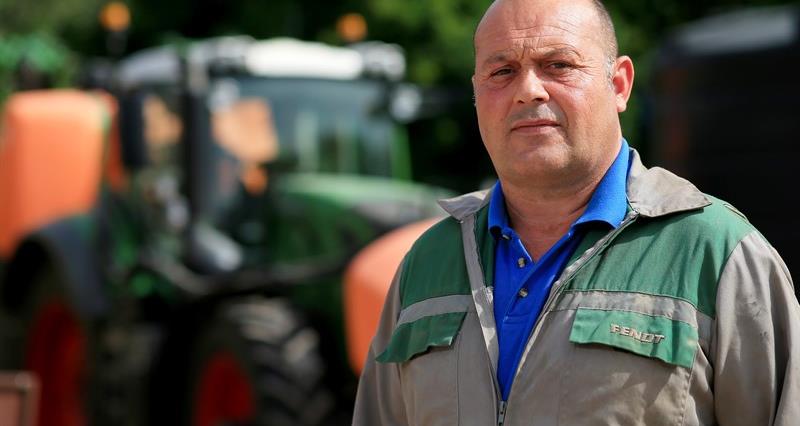What should a fire safety risk assessment contain?Â
As with any risk assessment, a fire safety risk assessment should be an examination of what in the workplace could cause harm to people, so that you can see whether you have taken enough precautions or if you should do more to prevent potential harm from occurring.Ěý
A fire safety risk assessment should:
- Identify any hazards and potential sources of ignition or flammable substances
- Mention any persons at risk who may be present on farm, with specific references to vulnerable persons
- State any actions that remove or reduce the identified risks
- Mention records of the risk assessment, plans if a fire were to occur and trainings for persons in the event of a fire
- State a date or timeframe for when the risk assessment will be reviewed
The change to the legislation also puts increasing responsibility on the employee(s) responsible for the completion of risk assessment and the safety of those they are responsible for.
Actions that remove or reduce fire risks
There are a number of actions that you can include in your fire safety risk assessment which remove or reduce the risk of fire on farm. These include:Â
- Escape routes – multiple identifiable routes of escape can provide alternatives to reach a safe area.Ěý
- Identifying potential ignition sources and sources of flammable materialÂ
- Safety points – provide a dedicated, identifiable safe space for people to report to.
- Fire alarms or warning sounds – these can help identify a fire outbreak
- Access to fire blankets, fire extinguishers and water sources – these all provide a means to fight a fire.Ěý
Help with creating a risk assessment
To help you create your checklist, you can use the UK government's 5-step checklist for fire safety risk assessments: .Ěý
Remember that your fire risk assessment also needs to be reviewed and updated regularly if there are any significant changes to the place of work.

NFU members can also log in and read more information on risk assessments in our business guide: Risk assessments: key advice for farmers and growers


